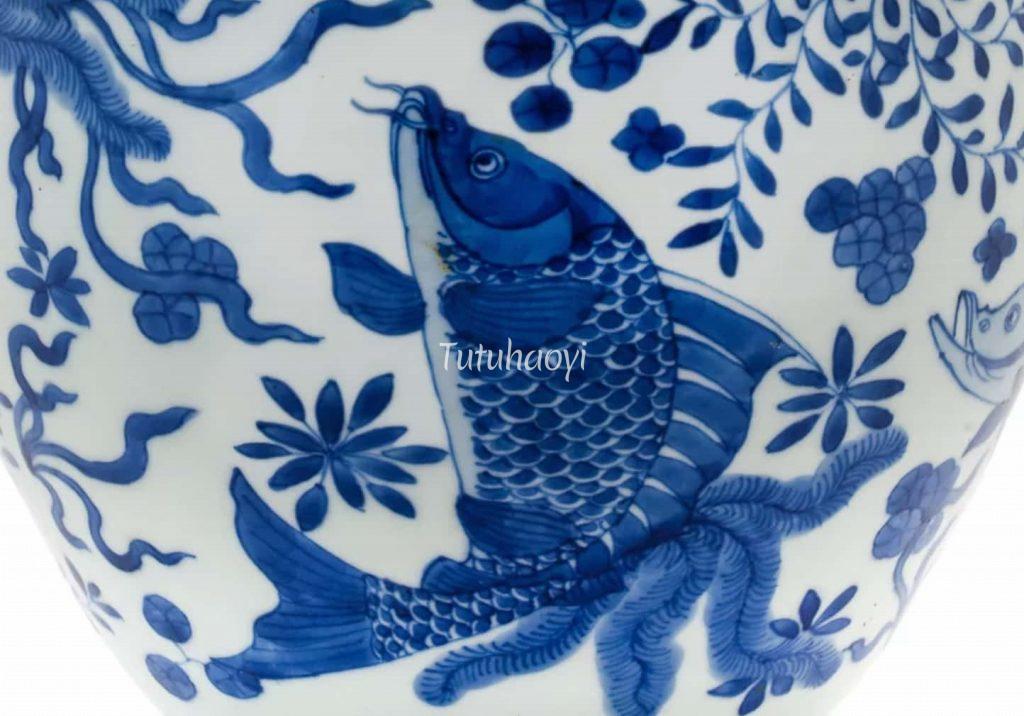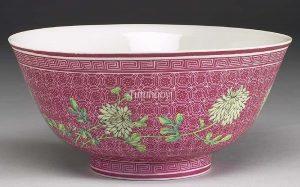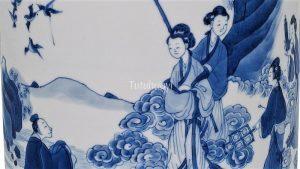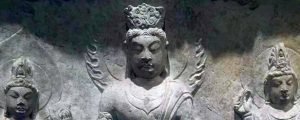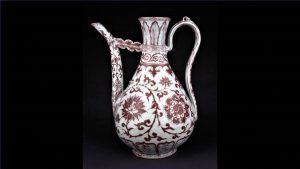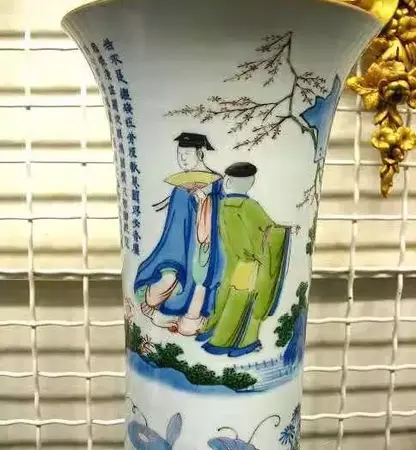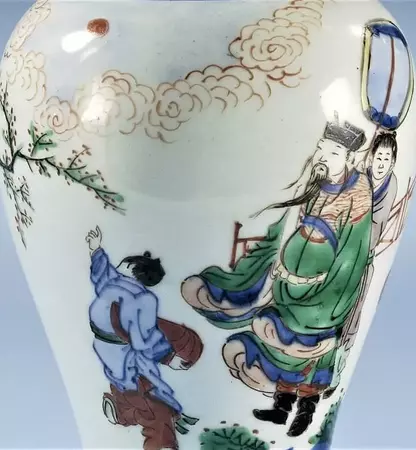Editor: Many museums and auction houses are often unaware of the pun rebuses hidden in traditional Chinese pictures and have treated them as mere naturalistic ones. Thus, the cultural and social significance contained in the motifs are unfortunately overlooked. Here is art historian Dr Yibin Ni giving us an example of a pun rebus design with four different fishes, which conventionally expresses the idea of ‘May you remain pure, clean, and incorruptible’, but was not recognised by most art institutes.
featured image above: porcelain jar with underglaze blue decoration (detail), Kangxi period, ca. 1710, courtesy of the Jie Rui Tang Collection
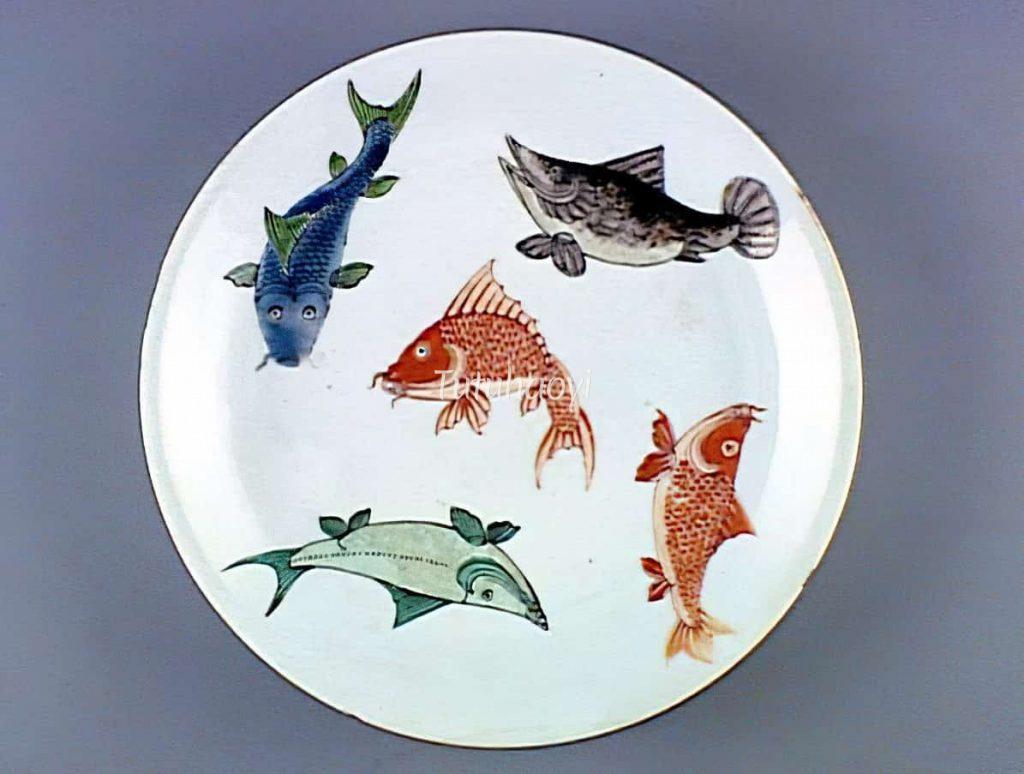
A gathering of four distinctively different fishes can be read as a pun rebus design expressing an admonishing message ‘qing bai lian jie 清白廉洁’, which literally means ‘pure, unblemished, incorruptible, and clean’.
A prototypical example of this pictorial pun can be found on an enamelled dish in the collection of the Guimet Museum in Paris. Around the well of the dish four fishes are displayed counter-clockwise. The twelve o’clock position is occupied by the ‘qingyu 青鱼’, literally ‘blue fish’, with underglaze cobalt-blue fins, tail, and head. The name of the fish puns on the Chinese character ‘qing 清’ for ‘pure’. On the nine is the ‘baiyu 白鱼’, literally ‘white fish’, with a white body and head, whose name is a homograph of ‘bai 白’ for ‘unblemished’. On the six is the ‘lianyu 鲢鱼’ for ‘chub’, whose name makes a pun on ‘lian 廉’ for ‘incorruptible’. The last of the four, the unmistakable ‘guiyu 鳜鱼 (mandarin fish)’, with a characteristic mottled appearance and undivided tail, lies on the three. The phonetic radical of the name of this fish is ‘jue 厥’, which puns on the character ‘jie 洁’ for ‘clean’.


The design may be served as a good wish for a promising official friend or a self-admonishing reminder as part of the interior decoration scheme in a conscientious official’s office or study. The actual design and the arrangement of the fishes may well vary since the design was a conventional one spread among manual labourers and folk artisans and everybody contributed their inspiration to the end product. However, a corpus of various versions of this theme reveals a clear pattern, prominently with the unmistakable mandarin fish and the white fish in it.

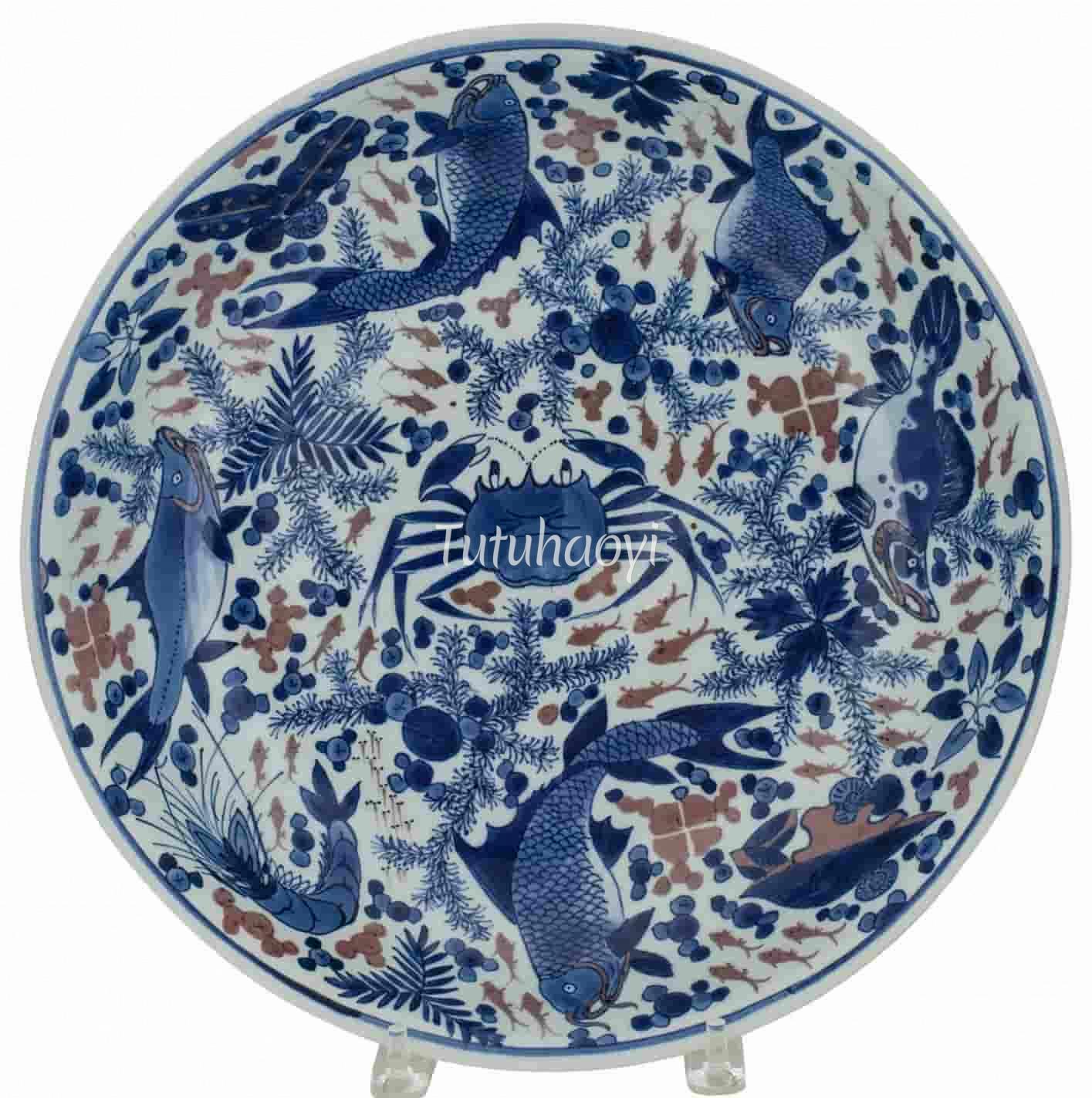
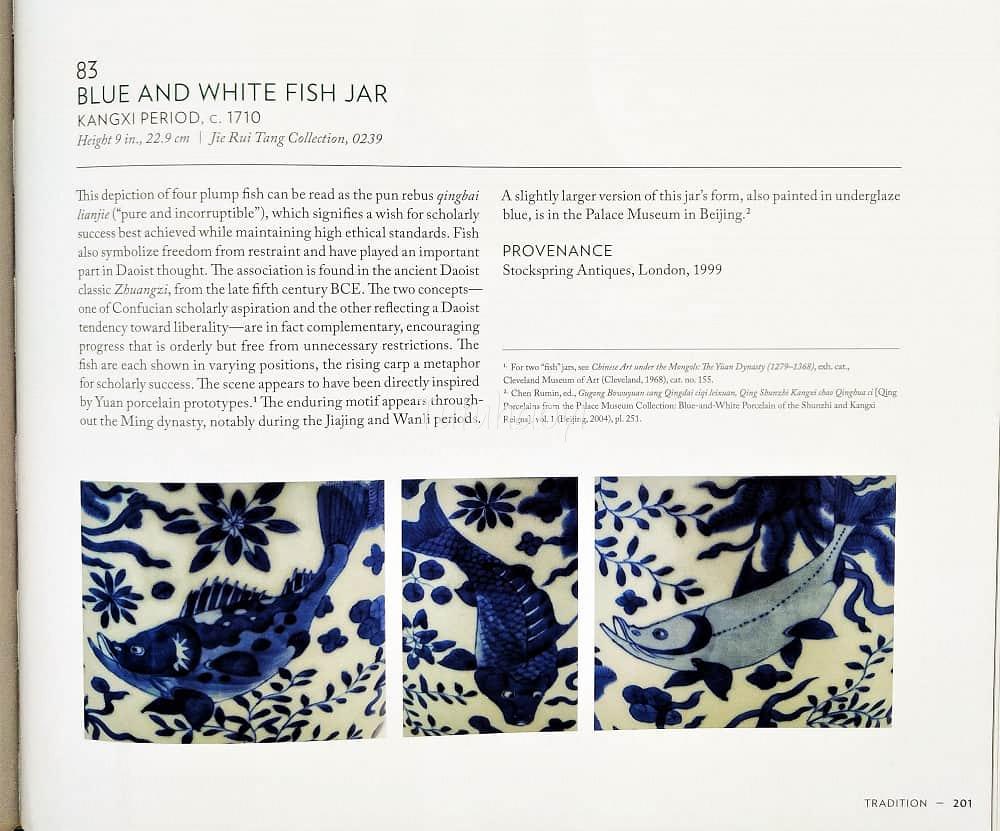
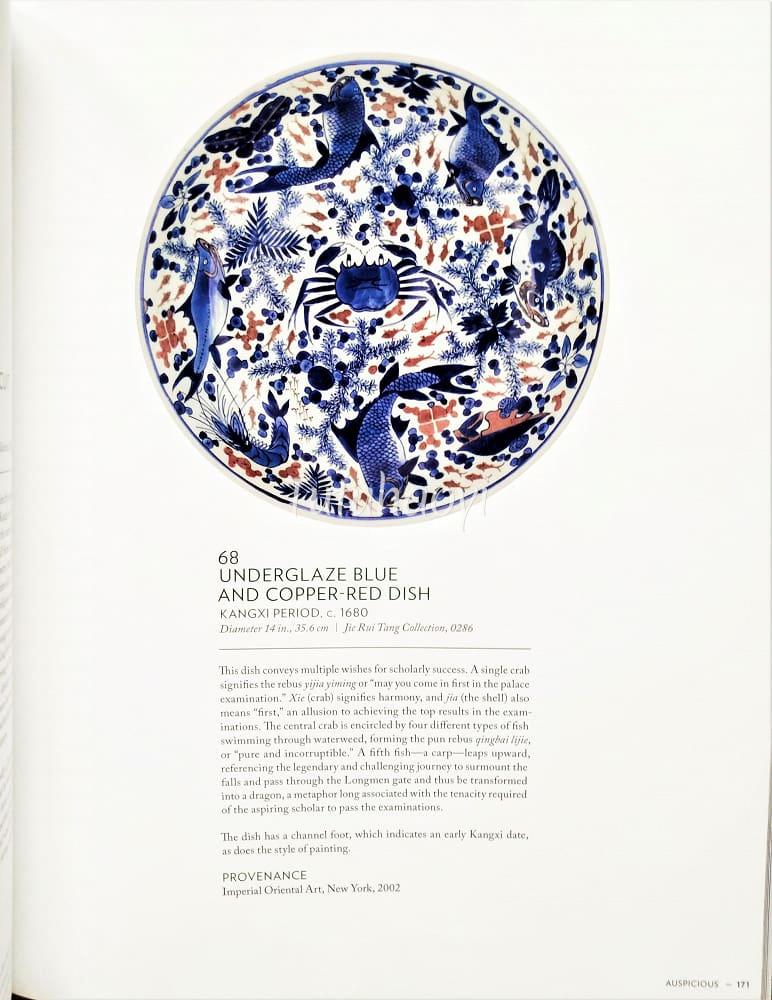
I contributed to the interpretation of both the underglaze blue and red dish and the underglaze blue fish jar in the Jie Rui Tang Collection displayed here. Compared with the text for the fish jar, it is apparent that the printing mistake of ‘qingbai lijie’ in the caption for the dish, which should have been spelt ‘qingbai lianjie’, was overlooked.
Evidence shows that this design was popular during the early Qing period, especially in the Kangxi reign. Museums and auction houses unanimously treat this significant design as an aquatic scene with fish and water creatures and plants, which reduces a culturally and socially significant motif to a naturalistic one.
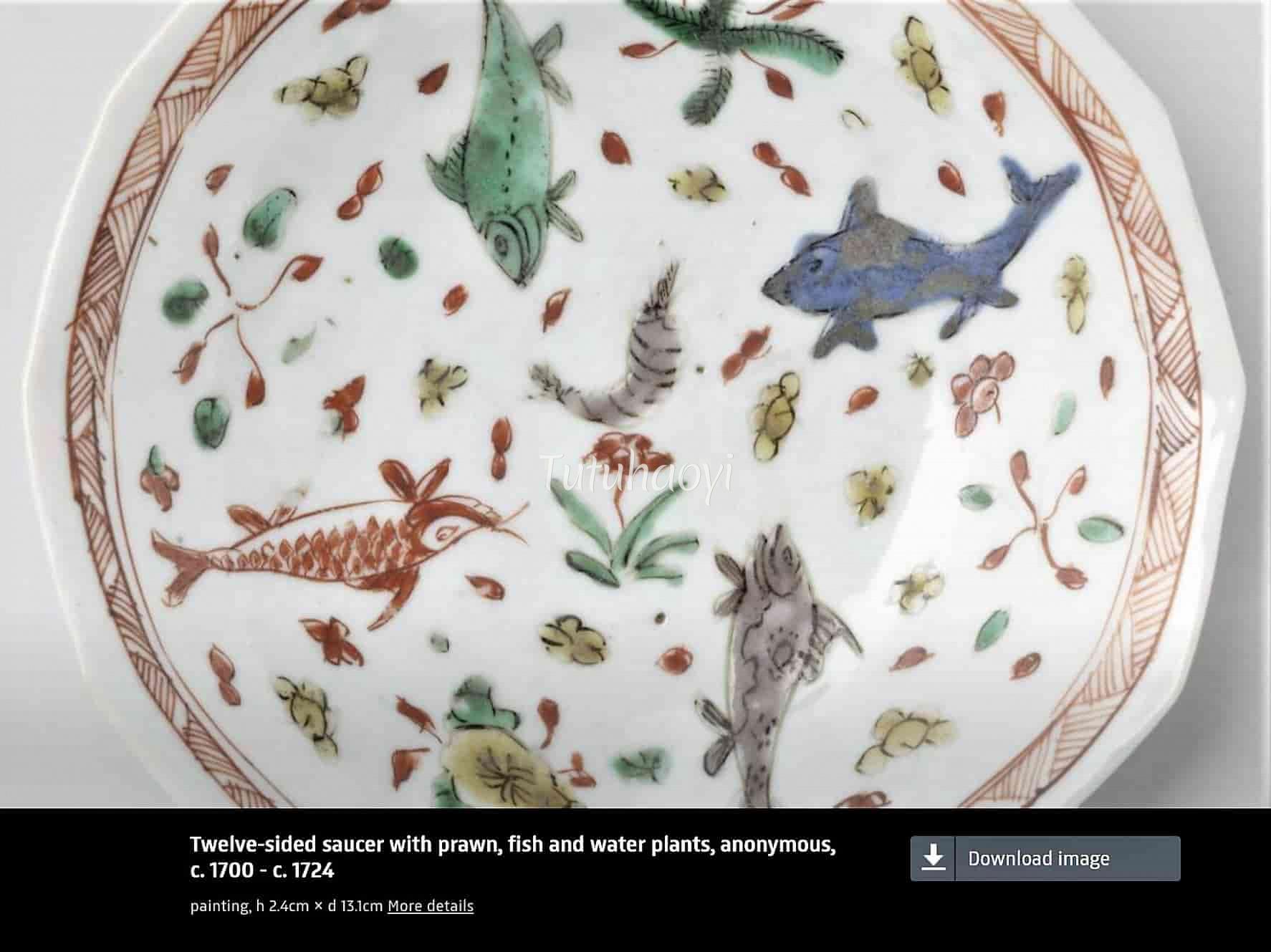
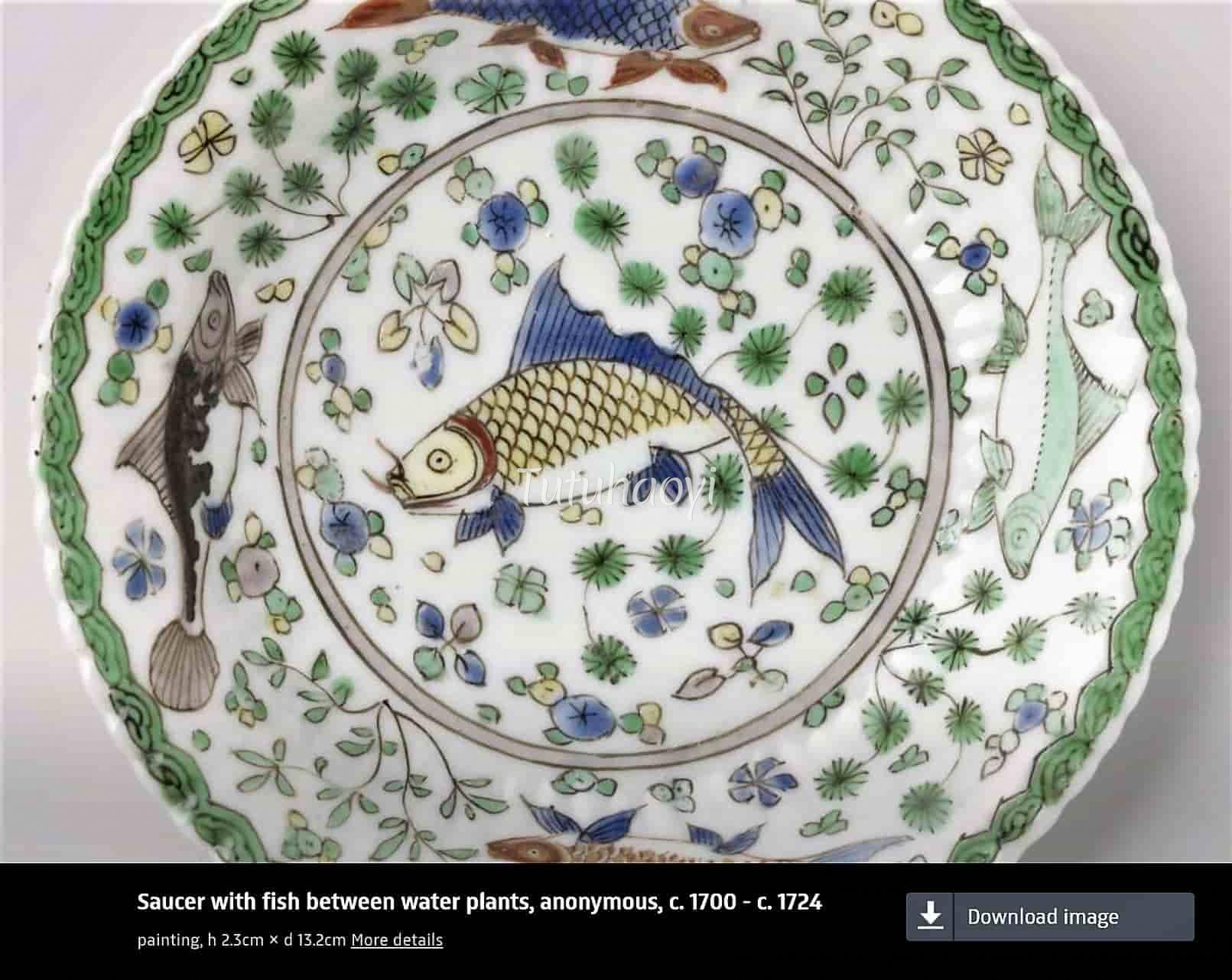
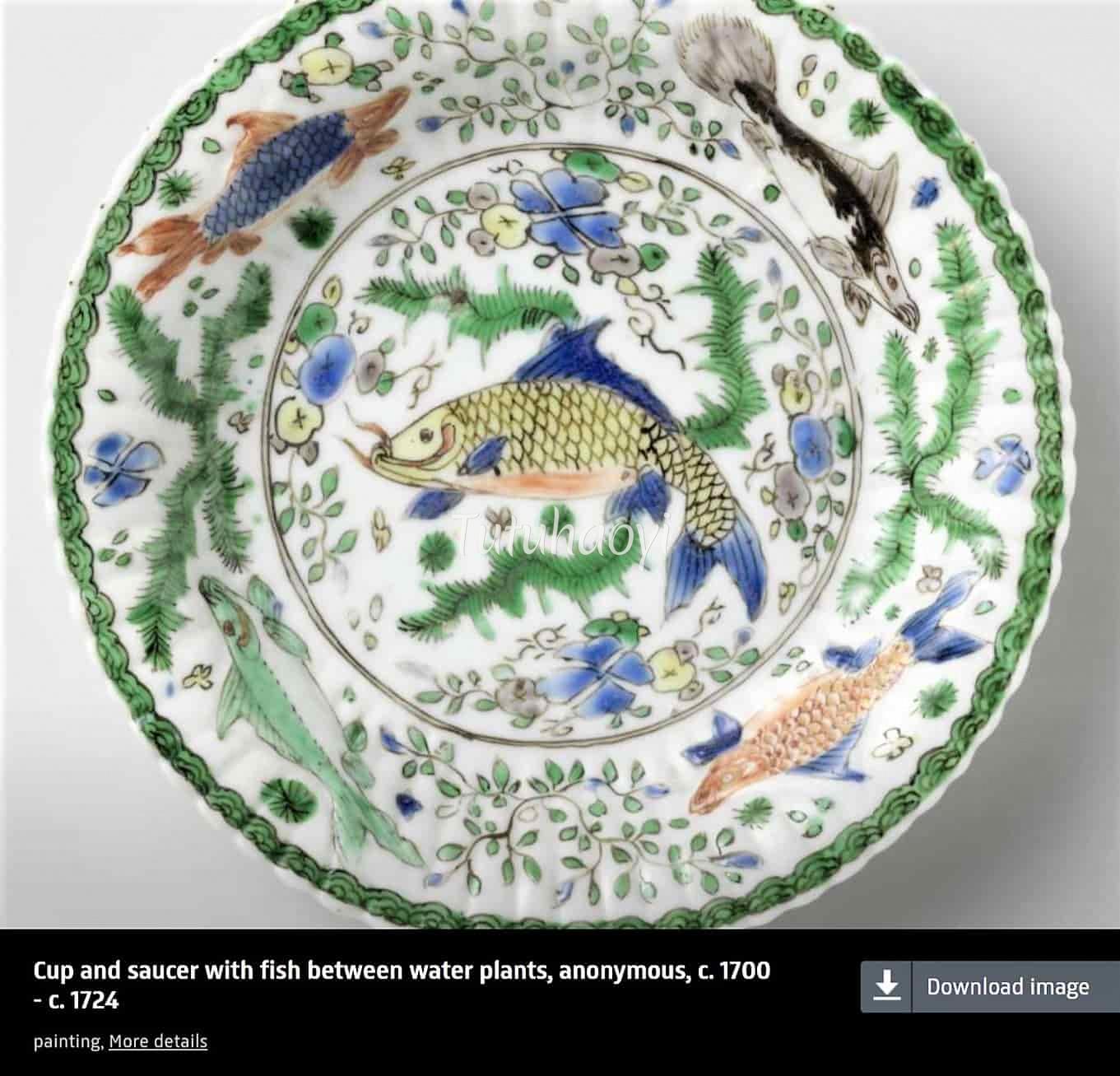
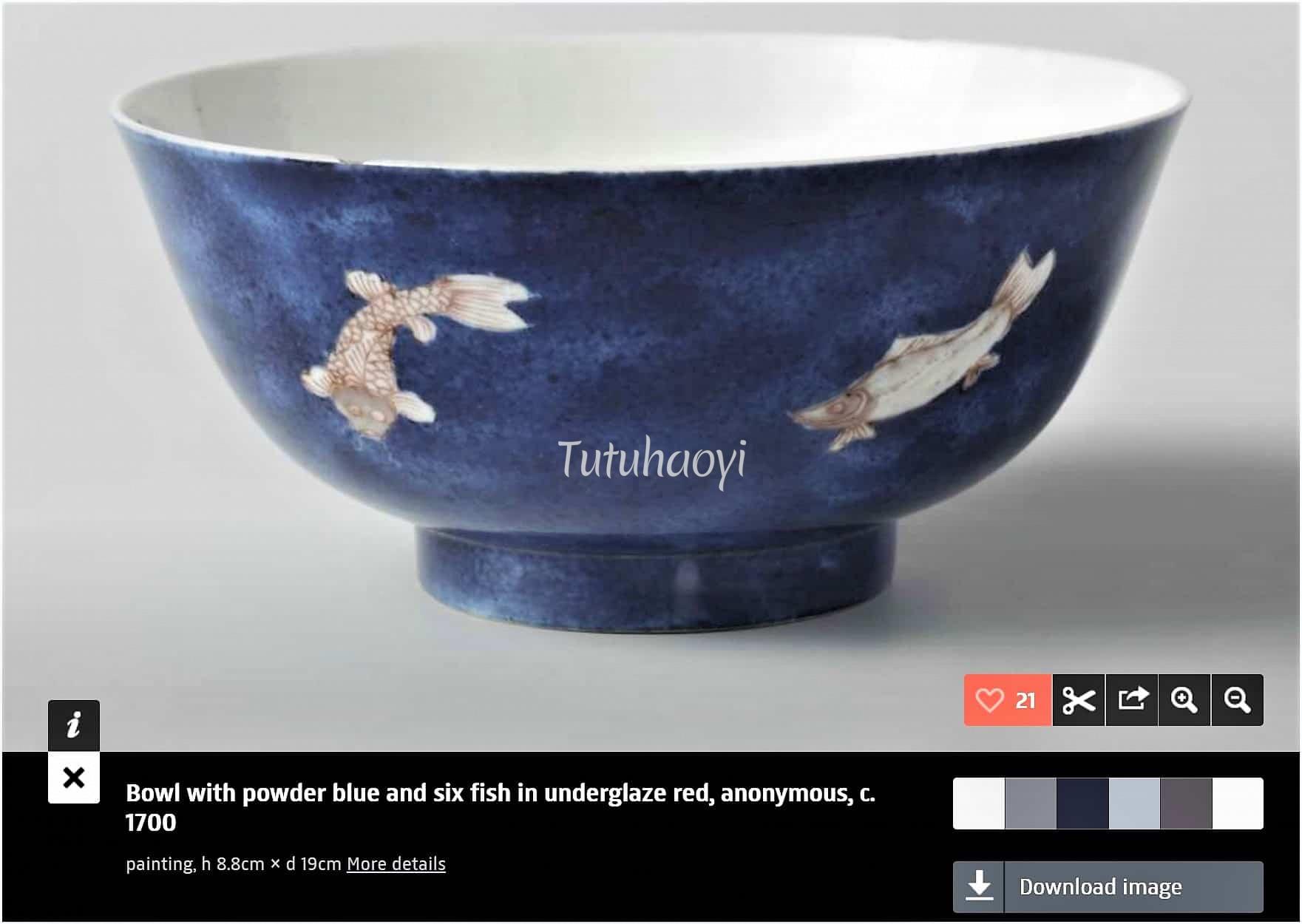
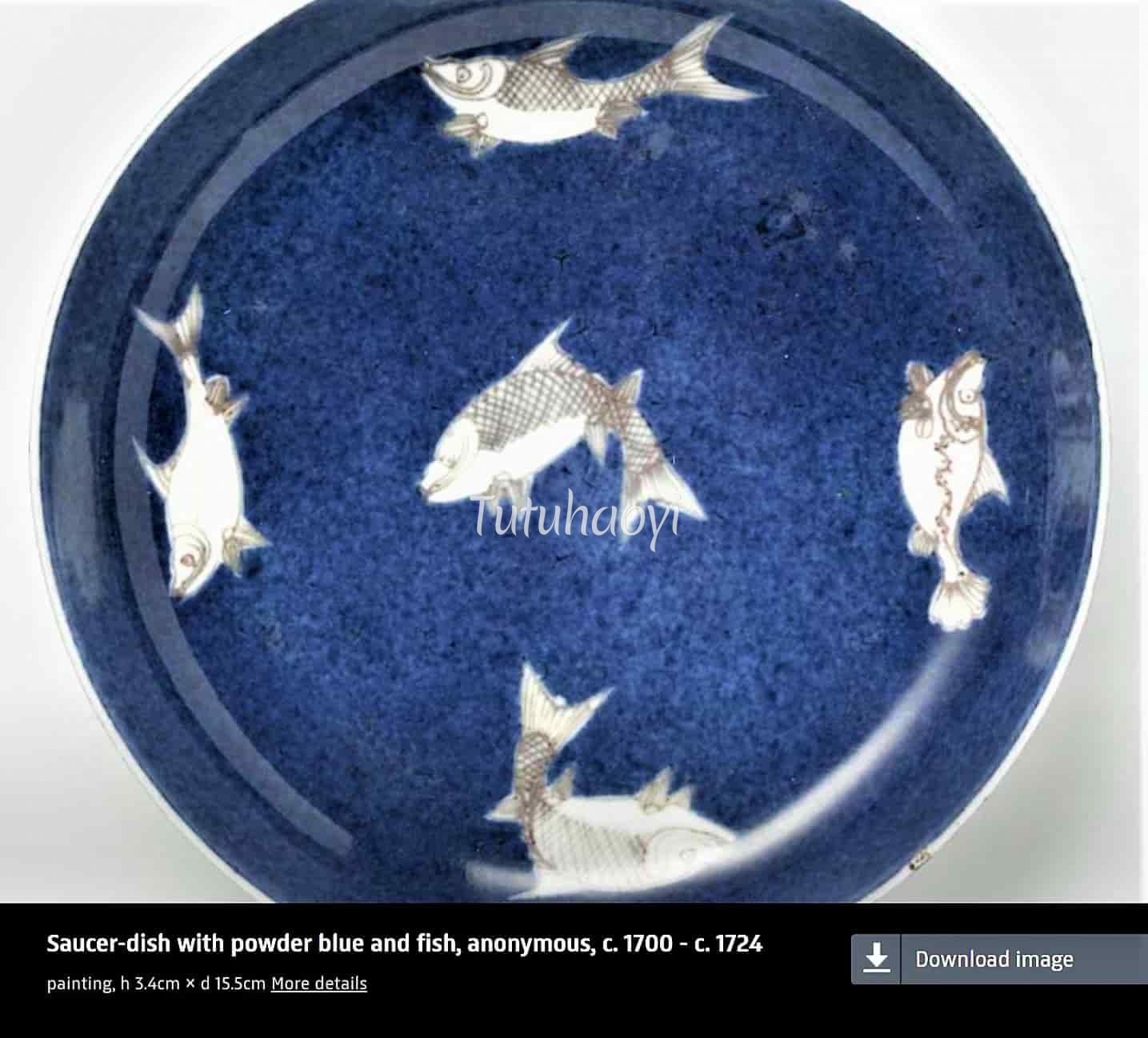
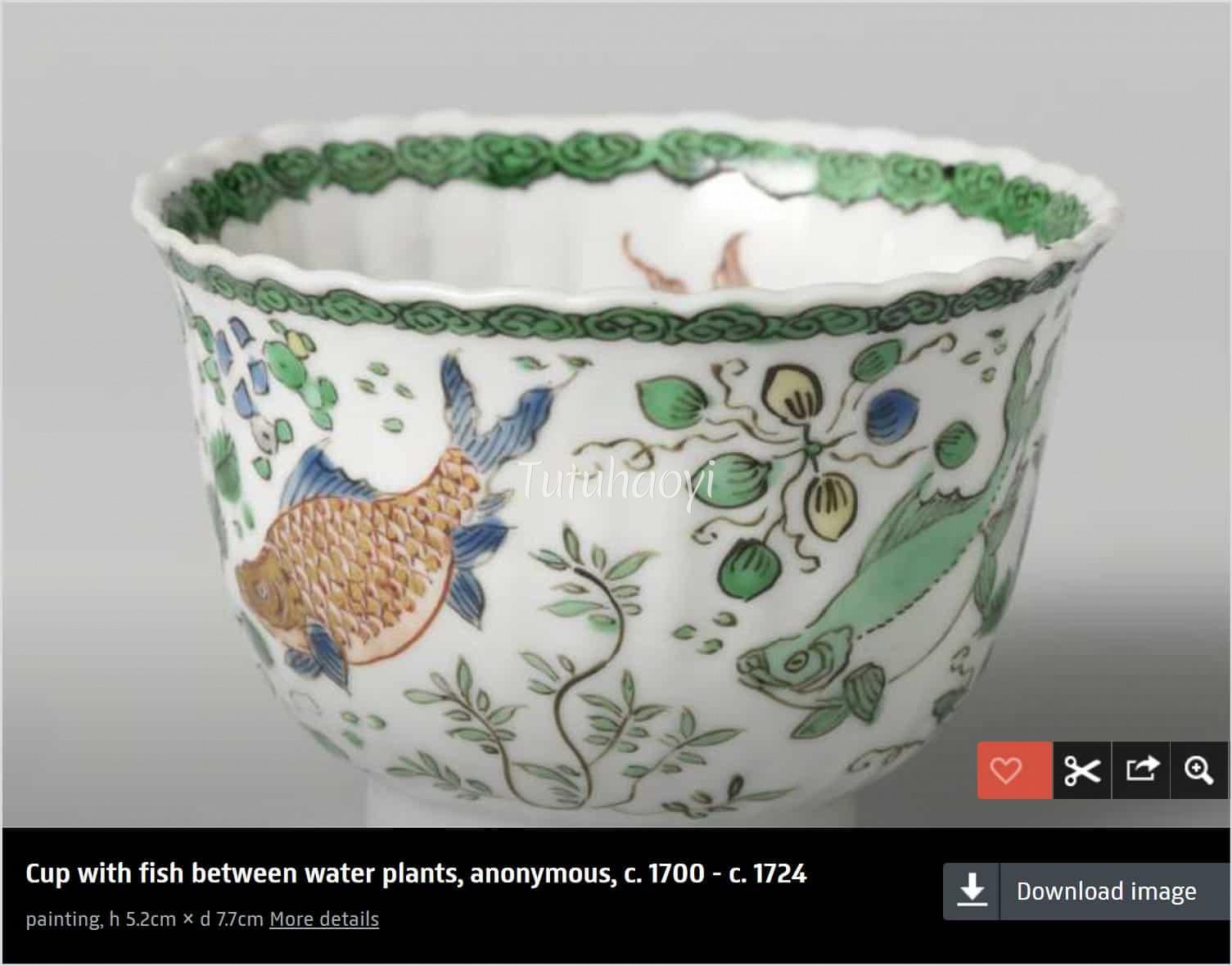
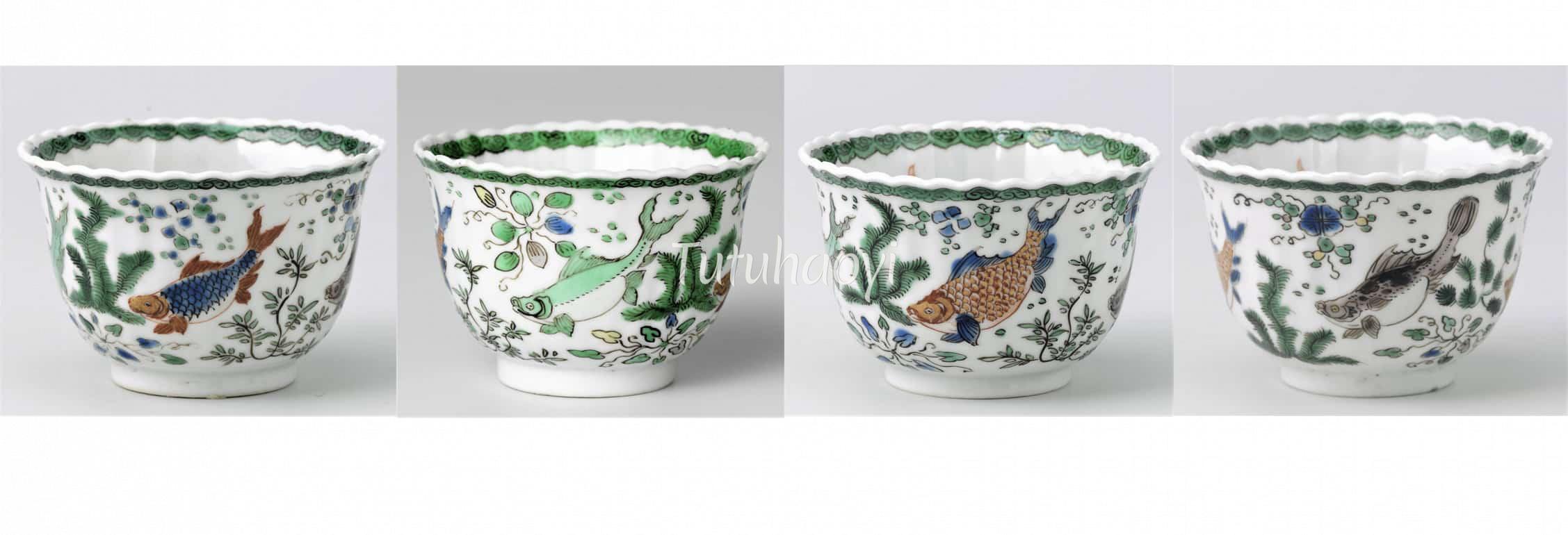
References:
- Yibin Ni. Recovering Chinese Dreams: Pictorial Pun Rebuses Found in the Lee Kong Chian Art Museum, The Arts, The National University of Singapore, Issue 9, Oct. 2001
- Yibin Ni. The Anatomy of Rebus in Chinese Decorative Arts, Oriental Art, Vol. XLIX No.3, 2003\4
- 倪亦斌 《中国装饰艺术中谐音画之解析》,《汉语词汇·句法·语音的相互关联》,徐杰 钟奇 主编,北京:北京语言大学出版社,2007年版,第351-376页
- Jeffrey P. Stamen and Cynthia Volk with Yibin Ni (2017), A Culture Revealed: Kangxi-Era Chinese Porcelain from the Jie Rui Tang Collection 文采卓然:潔蕊堂藏康熙盛世瓷, Jieruitang Publishing, Bruges, pp. 171, 200-201.
The findings and opinions in this research article have been written by Dr Yibin Ni.
